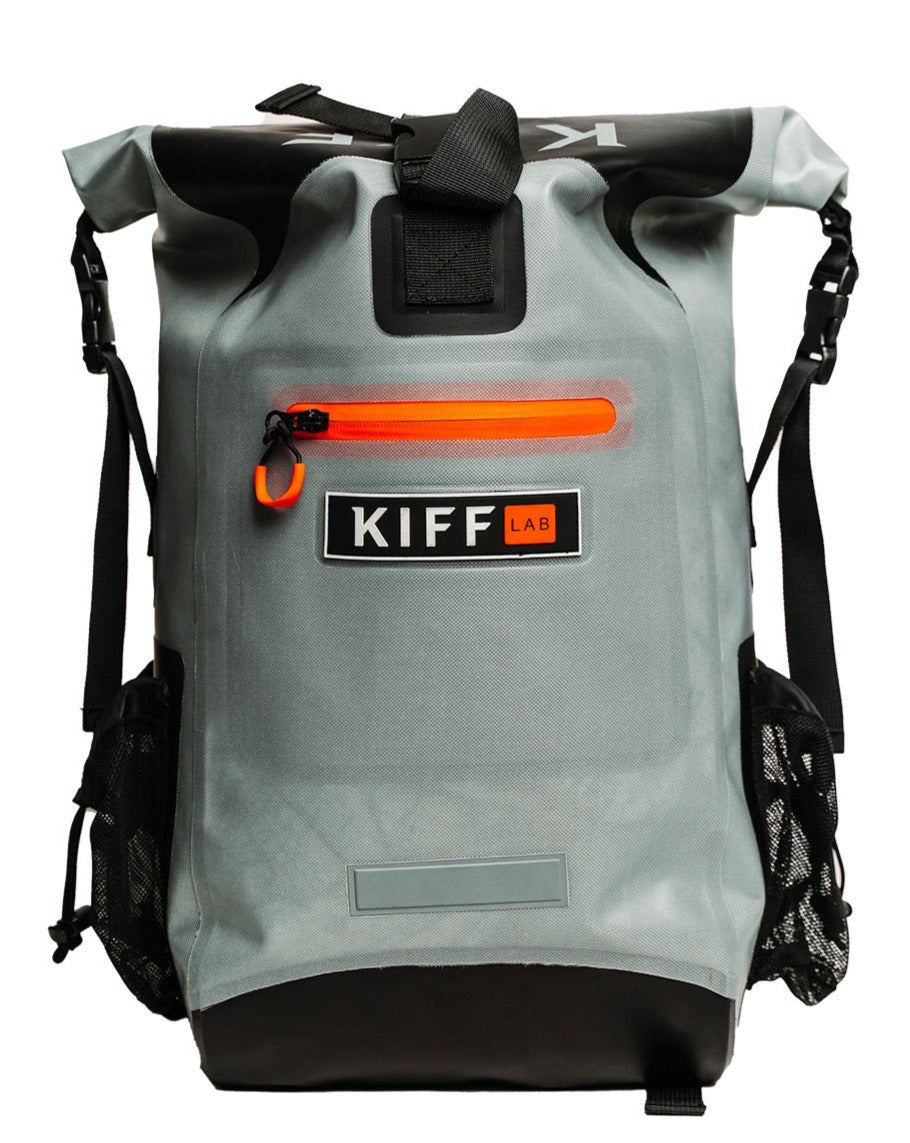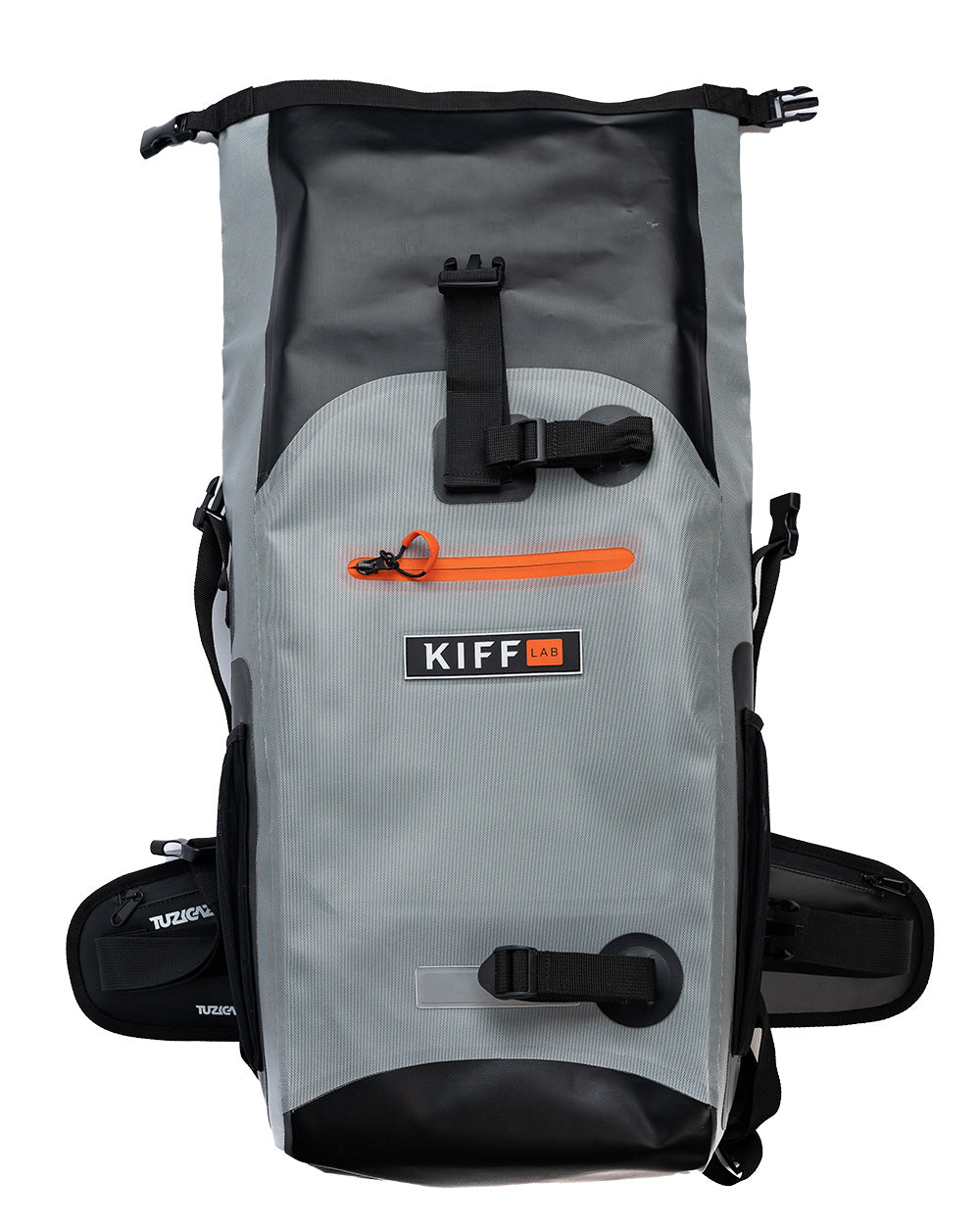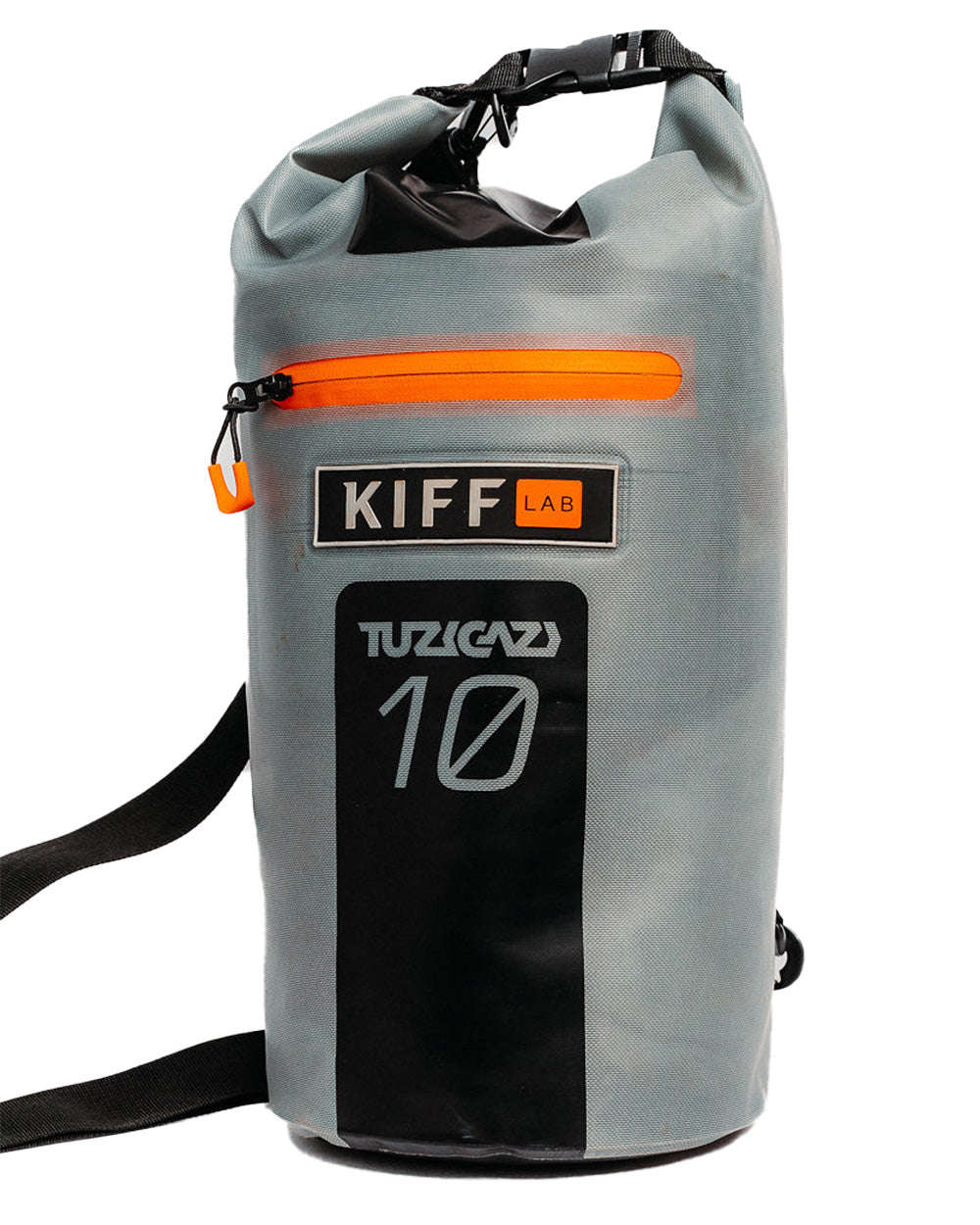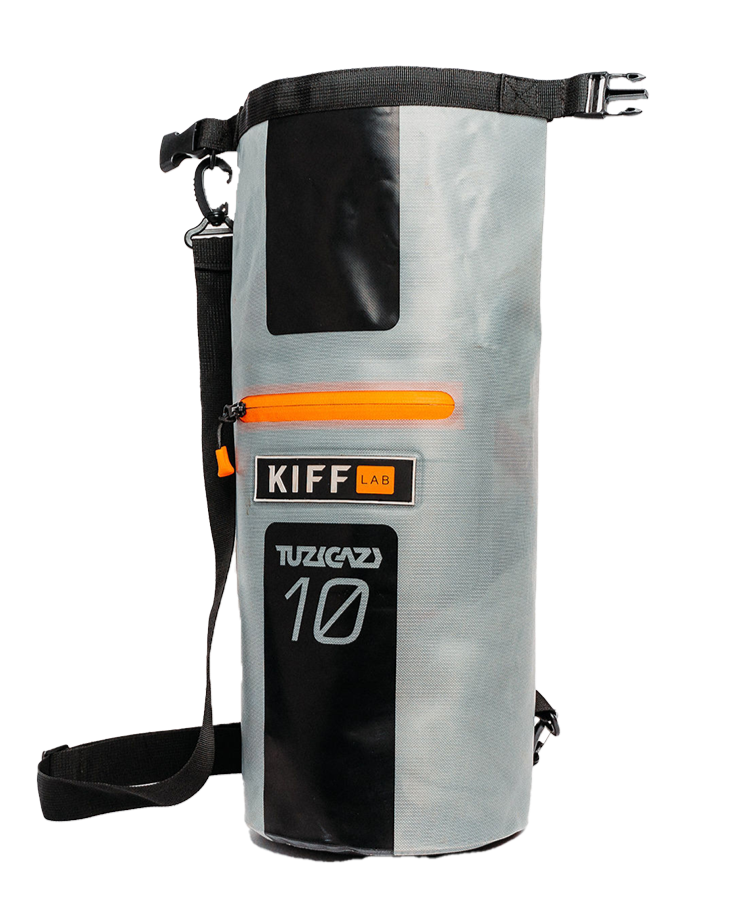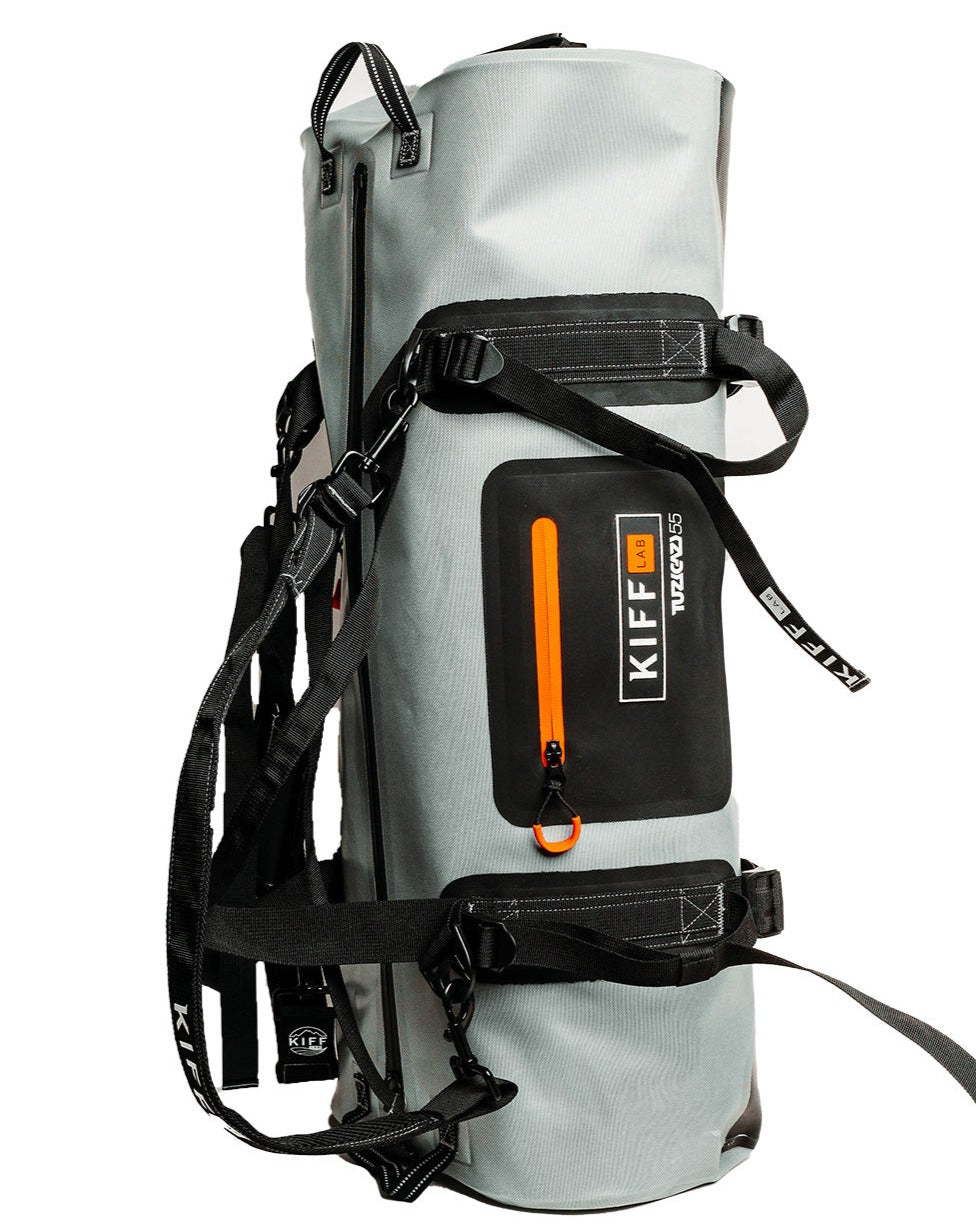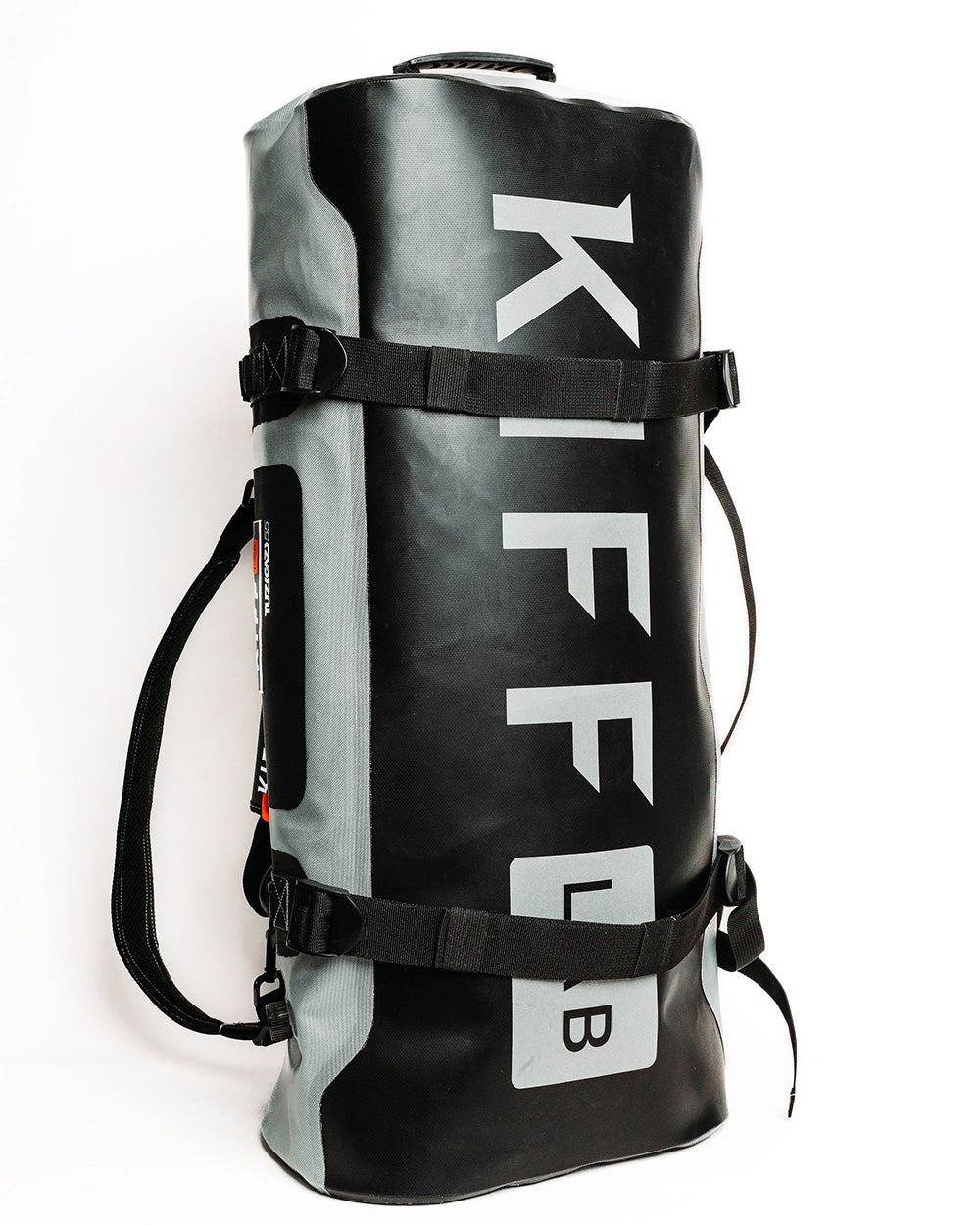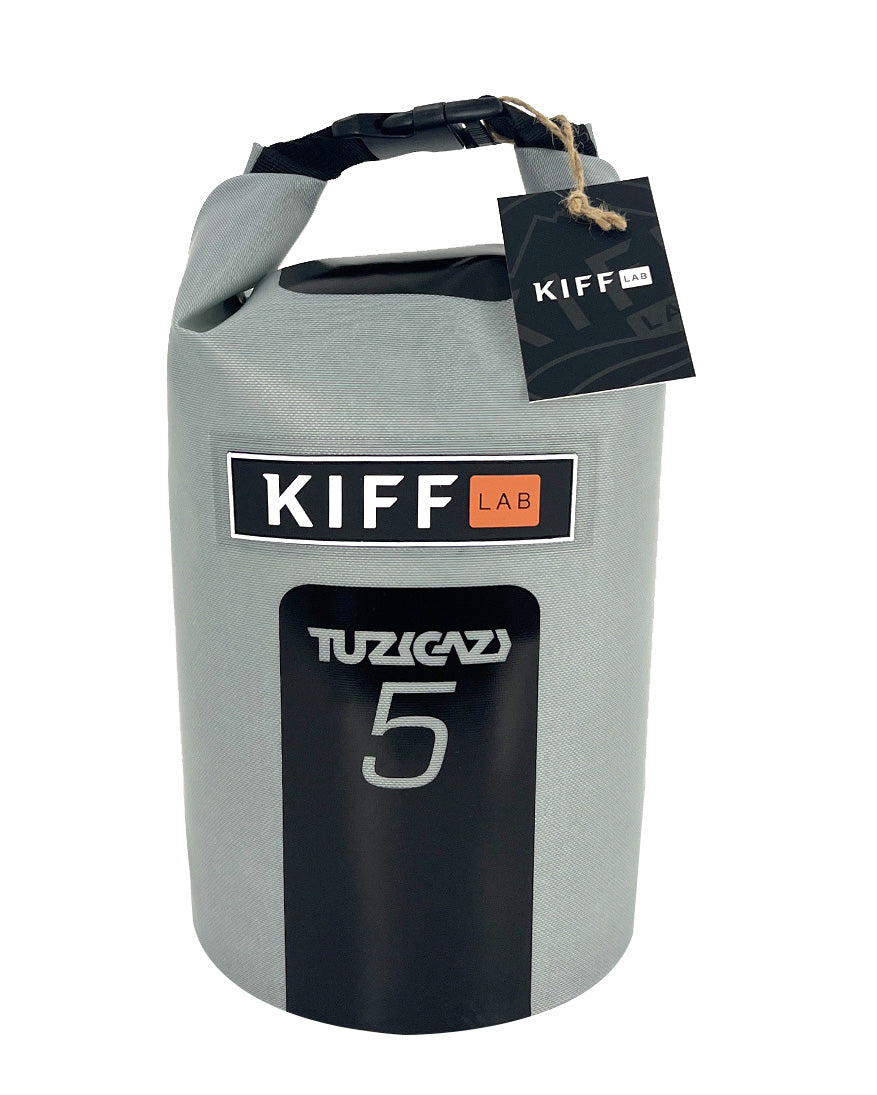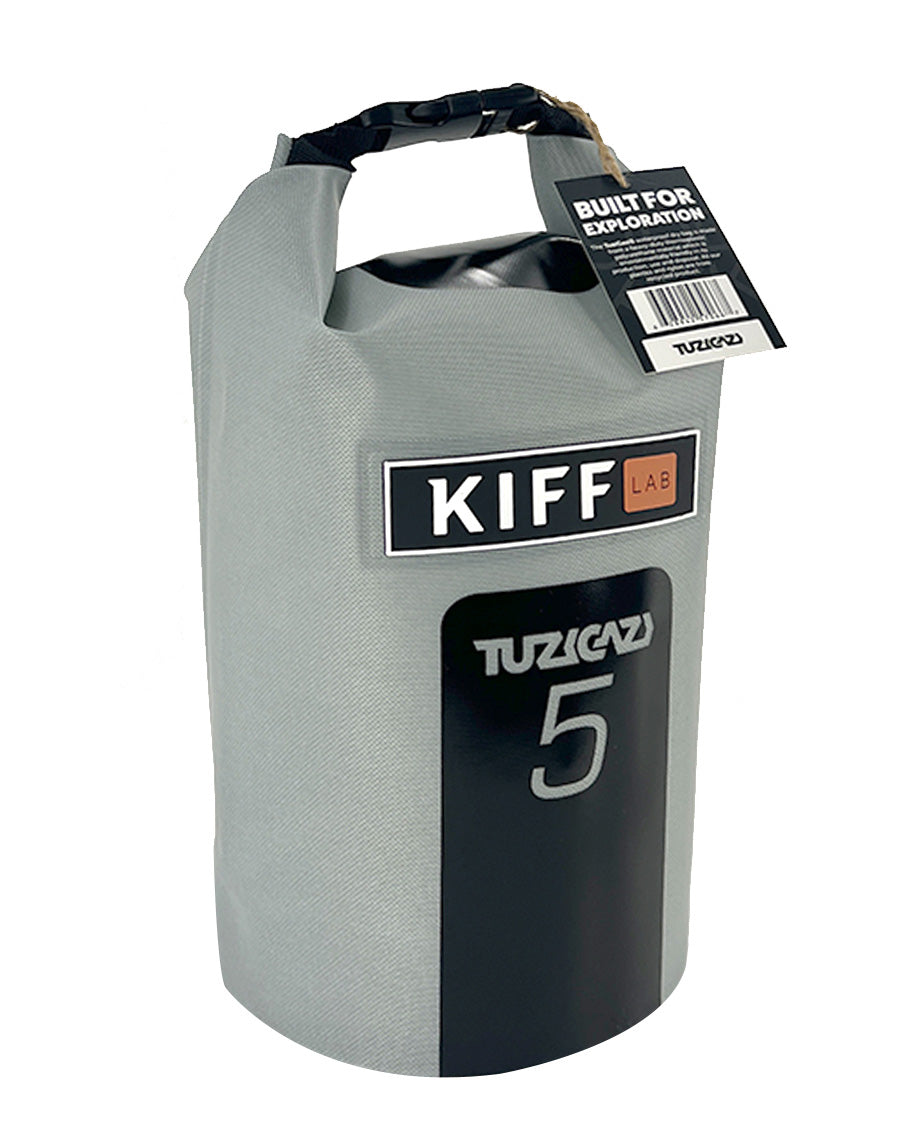How to Leave No Trace When Visiting Beaches
Beaches are some of the most beautiful and relaxing places on earth. They offer us a chance to enjoy nature, soak up the sun, play in the water and have fun with our friends and family. But beaches are also fragile ecosystems that need our care and respect. If we want to keep them clean and healthy for ourselves and future generations, we need to follow some simple guidelines to leave no trace when visiting beaches.

Leave no trace is an international program that aims to reduce environmental impacts by promoting responsible outdoor recreation. It has seven principles that can help us protect nature and wildlife while enjoying our beach activities. Here are some tips on how to apply these principles when visiting beaches:
- Plan ahead and prepare: Before you go to the beach, do some research on the rules and regulations of the area you are visiting. Some beaches may have restrictions on pets, fires, alcohol, camping or other activities. Also, check the weather forecast and tide schedule to avoid any surprises or hazards. Pack your beach bag with eco-friendly items, such as reef-safe sunscreen, reusable water bottles and minimally packaged snacks. Avoid bringing plastic bags, bottles or containers that can easily blow away or end up in the ocean.
- Travel and camp on durable surfaces: When walking or driving to the beach, follow existing paths or roads to avoid damaging fragile sand dunes or vegetation. Sand dunes are important for preventing erosion and providing habitat for wildlife. Stay away from any areas that are marked as bird or turtle nesting sites. These animals are vulnerable to disturbance and predation and need our protection. If you dig holes or build sandcastles, make sure to fill them in before you leave. These can become obstacles or traps for wildlife or other beachgoers.
- Dispose of waste properly: This is one of the most important principles of leave no trace. Whatever you bring to the beach, you should take back with you. Do not leave any trash, food scraps, cigarette butts or other items on the beach or in the water. These can harm wildlife, pollute the environment and ruin the beauty of the beach. If you see any litter left by others, pick it up and dispose of it properly. If there are no trash bins available, pack it out with you until you find one.
- Leave what you find: Beaches are full of natural treasures, such as shells, rocks, driftwood and seaweed. While it may be tempting to collect some of these items as souvenirs, it is better to leave them where they are. These items are part of the natural cycle of the beach and provide food, shelter and habitat for many creatures. Removing them can disrupt the balance of the ecosystem and deprive others of enjoying them. Instead of taking them home, take a picture or draw them in a journal.
- Minimize campfire impacts: Campfires are not allowed on most beaches due to fire hazards and environmental impacts. If you are camping at a designated site that allows fires, use only established fire rings or pits and burn only small amounts of wood or charcoal. Do not use driftwood or other beach materials as fuel, as these can release toxic chemicals when burned. Keep your fire small and under control and make sure it is completely extinguished before you leave.
- Respect wildlife: Beaches are home to many animals, such as birds, fish, crabs, turtles and dolphins. These animals are wild and should be observed from a distance without disturbing them. Do not feed them, touch them, chase them or harass them in any way. Feeding wildlife can make them dependent on humans, alter their natural behavior and expose them to diseases or predators. Touching or handling wildlife can injure them or transmit diseases to them or to you.
- Be considerate of other visitors: Beaches are meant to be shared and enjoyed by everyone. Be respectful of other people's space and privacy and do not make excessive noise or play loud music that may disturb them. If you bring a pet to the beach, make sure it is leashed and under control at all times and clean up after it. Follow any signs or instructions from lifeguards or park rangers and cooperate with them if they ask you to do something.
By following these simple tips, you can help preserve the beauty and health of beaches for yourself and others. Remember that every action you take has an impact on the environment and that you have a responsibility to minimize it as much as possible.
Leave no trace is not only a set of rules, but also a mindset and a lifestyle. It is about being aware of your impact on the environment and taking steps to reduce it. It is about respecting nature and wildlife and leaving them as you found them or better. It is about being a good steward of the earth and a good neighbor to other people.
By practicing leave no trace at the beach and elsewhere, you can make a positive difference in the world and enjoy nature more fully. You can also inspire others to do the same and create a culture of conservation and responsibility. So next time you go to the beach, remember to leave no trace and have fun!

South Africa
Photo: Sabastian Staines



